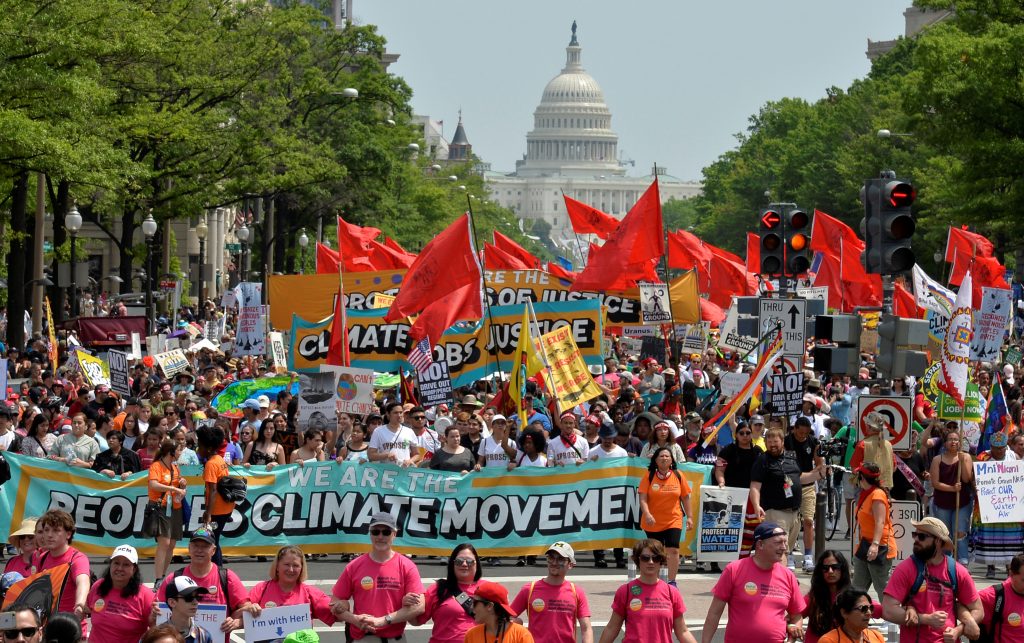In The Nation, sociologist Daniel Aldana Cohen denounces the one-sided reporting on climate change in the mainstream media, especially in the wake of the major report released recently by the Intergovernmental Panel on Climate Change (IPCC). Cohen writes that most media outlets failed to read the report carefully or fully, instead focusing on the headline-grabbing summary that portends grave consequences if governments and corporations continue on their present course. This prognosis is terrifyingly real, acknowledges Cohen, but the report also details how effective climate-change-fighting measures are already in place around the world, and how avoiding the doomsday scenario is completely within our grasp. Here’s an excerpt:
Reporting on the IPCC, and climate change more broadly, is unbalanced. It’s fixated on the predictions of climate science and the opinions of climate scientists, with cursory gestures to the social, economic, and political causes of the problem. Yet analysis of these causes is as important to climate scholarship as modeling ice-sheet dynamics and sea-level rise. Reductionist climate reporting misses this. Many references to policy are framed in terms of carbon pricing. This endorses the prevailing contempt in establishment circles for people’s capacity to govern themselves beyond the restrictions of market rule. Meanwhile, the IPCC report is overflowing with analyses showing that we can avoid runaway climate change, improve most people’s lives, and prioritize equality through a broad set of interventions.
It remains physically possible to keep global warming at a relatively safe 1.5 degrees Celsius, and certainly a less safe—but not apocalyptic—2 degrees. This would require dramatic changes in economic policy and doubling down on the powers of public planning. Taxing carbon is essential, but is just one of many complementary tools. Using “command and control” regulatory methods, the Clean Air Act cleaned up much of the United States years before “market mechanisms” became famous. Indeed, “command and control” is the centerpiece of the best climate policies in the United States. Take California: There, the state’s regulatory mandates forcing utilities to source more renewable energy are the main reason emissions have gone down. In contrast, the market-mechanism piece of California’s climate policy, a “cap and trade” program, has failed to slash emissions; it may even have facilitated a moderate increase in carbon pollution in the state’s poorest neighborhoods.
Meanwhile, worldwide, a thumping clean-energy revolution is the story of markets fostered by activist government policy. Government research labs and grants, regulation of utilities, subsidies for homeowners to install solar panels, cheap loans for clean energy, and electric-car manufacture are yielding a boom in clean energy. In 2017, global wind energy capacity grew by 10 percent, and solar photovoltaic capacity by 32 percent.
Image via PBS.
